The Roman aqueduct in Zaghouan, Tunisia, is a testament to the ingenuity and architectural brilliance of ancient Roman engineering. Built nearly 2,000 years ago, this massive structure once served as a lifeline for the thriving city of Carthage, delivering fresh water over great distances with remarkable precision. Join archeology.dulichvn.net to discover the longest freshwater aqueduct in ancient Rome.
A Glimpse into the History of The Roman aqueduct
The Zaghouan aqueduct is not just an engineering marvel but also a historical artifact that reveals the importance of water management in ancient Roman society.
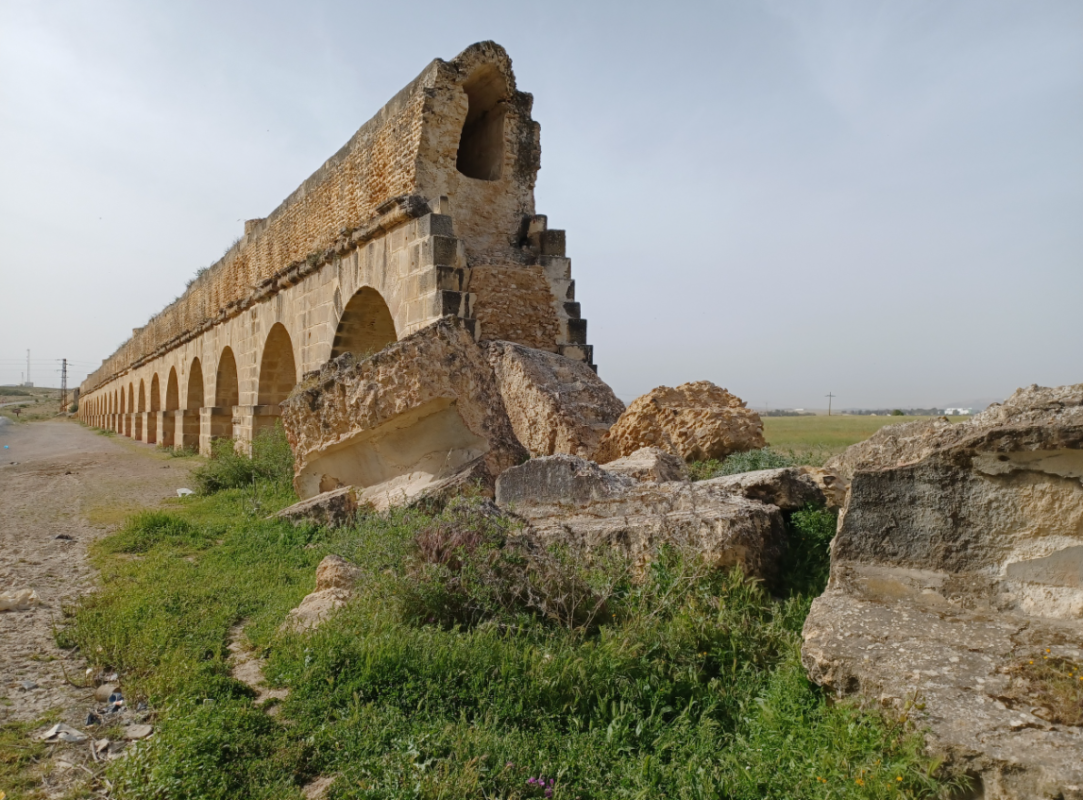
1. Origins of the Aqueduct
Constructed during the reign of Emperor Hadrian (117–138 CE), the aqueduct was built to address the water needs of Carthage, one of the most important cities of the Roman Empire. The structure drew its water from natural springs in the Zaghouan mountains, known for their purity and abundance.
See more: Unearthing History: A 4,000-Year-Old Painted Pottery from the Indus Valley Civilization
2. The Strategic Location
The aqueduct stretched an impressive 132 kilometers (82 miles), making it one of the longest aqueducts in the Roman Empire. Its path included tunnels, bridges, and elevated sections to overcome challenging terrains and maintain a steady water flow.
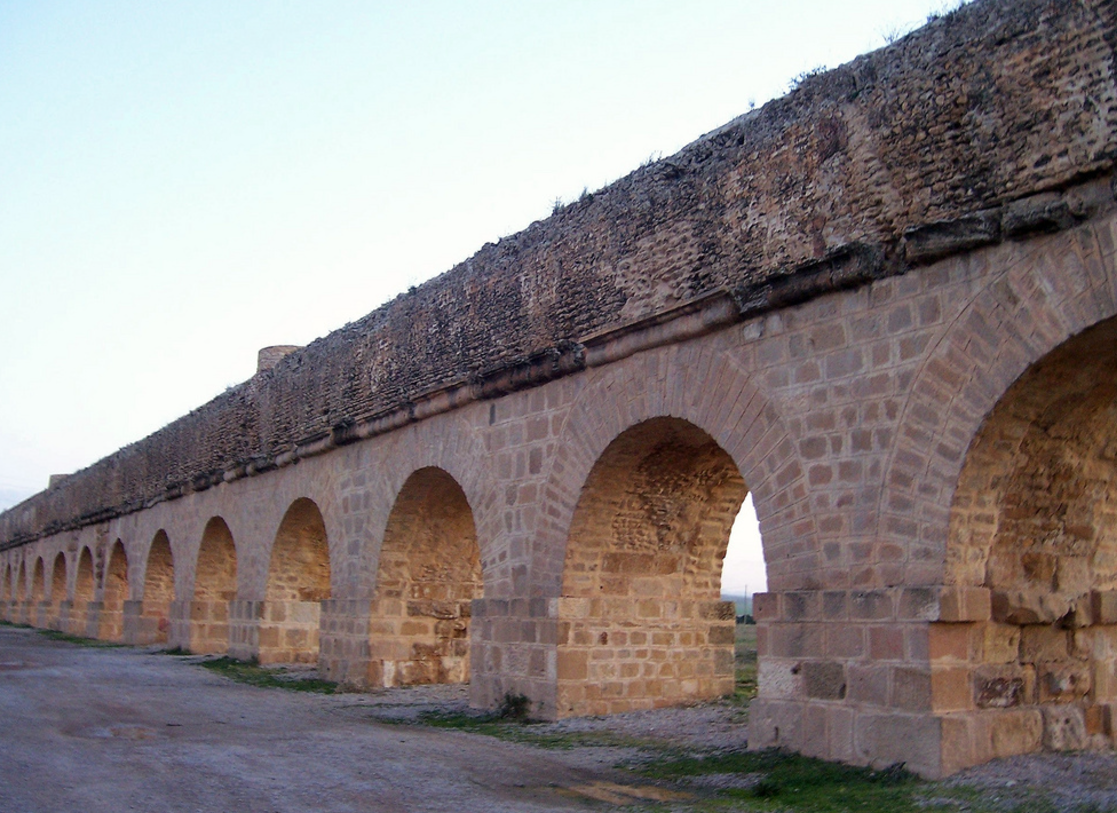
3. A Lifeline for Cartage
Carthage relied heavily on this aqueduct for its urban growth, public baths, fountains, and private homes. The steady water supply contributed to the city’s status as a hub of trade, culture, and politics in the Mediterranean region.
Engineering Brilliance of the Roman Aqueduct
The Zaghouan aqueduct is a shining example of Roman expertise in hydrology, architecture, and construction techniques.
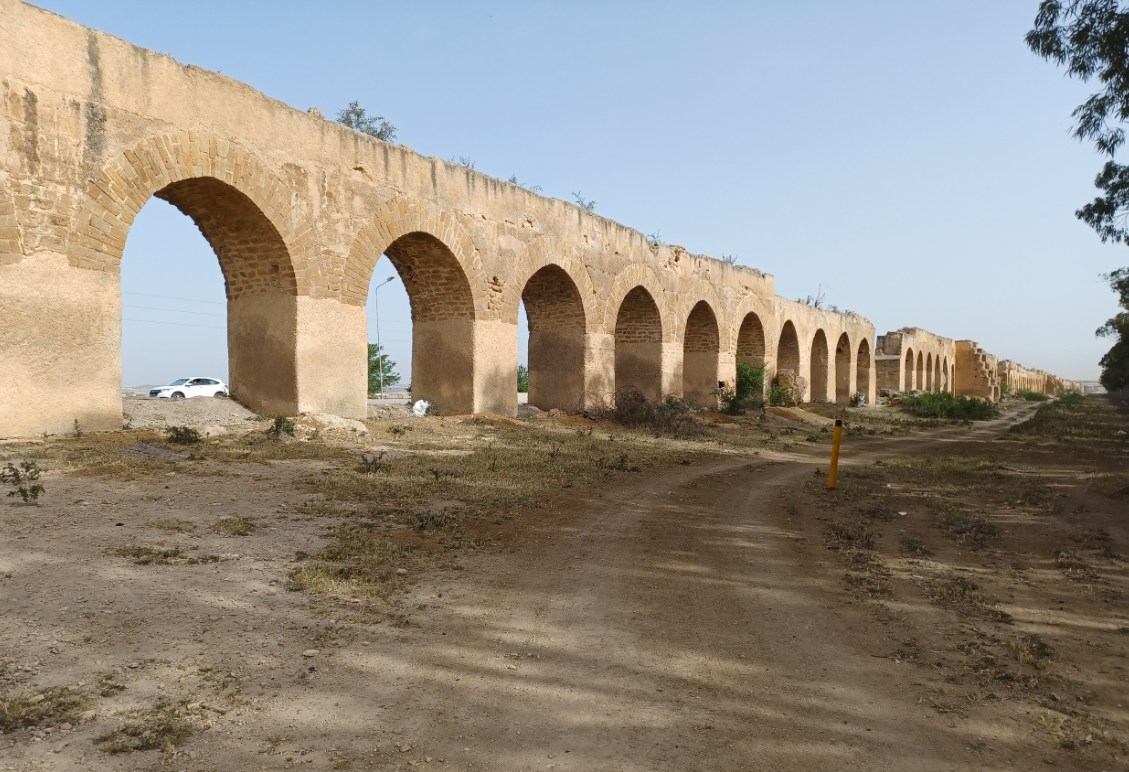
1. Innovative Design
The aqueduct featured a gradient system, ensuring water flowed smoothly without stagnation or overflow. Roman engineers meticulously calculated the slope to maintain efficiency across the vast distance.
2. Durable Construction Materials
The aqueduct was built using durable materials like stone, concrete, and mortar, which allowed it to withstand the test of time. Its arches and support structures reflect a combination of functionality and aesthetic elegance.
See more: The Mammoth Sculpture: A 35,000-Year-Old Masterpiece
3. Maintenance and Upkeep
To ensure consistent water flow, the Romans incorporated inspection points and maintenance shafts along the aqueduct. This forward-thinking approach highlights their commitment to long-term infrastructure sustainability.
The Cultural and Historical Significance of the Aqueduct
Beyond its practical purpose, the Zaghouan aqueduct holds immense cultural and historical value.
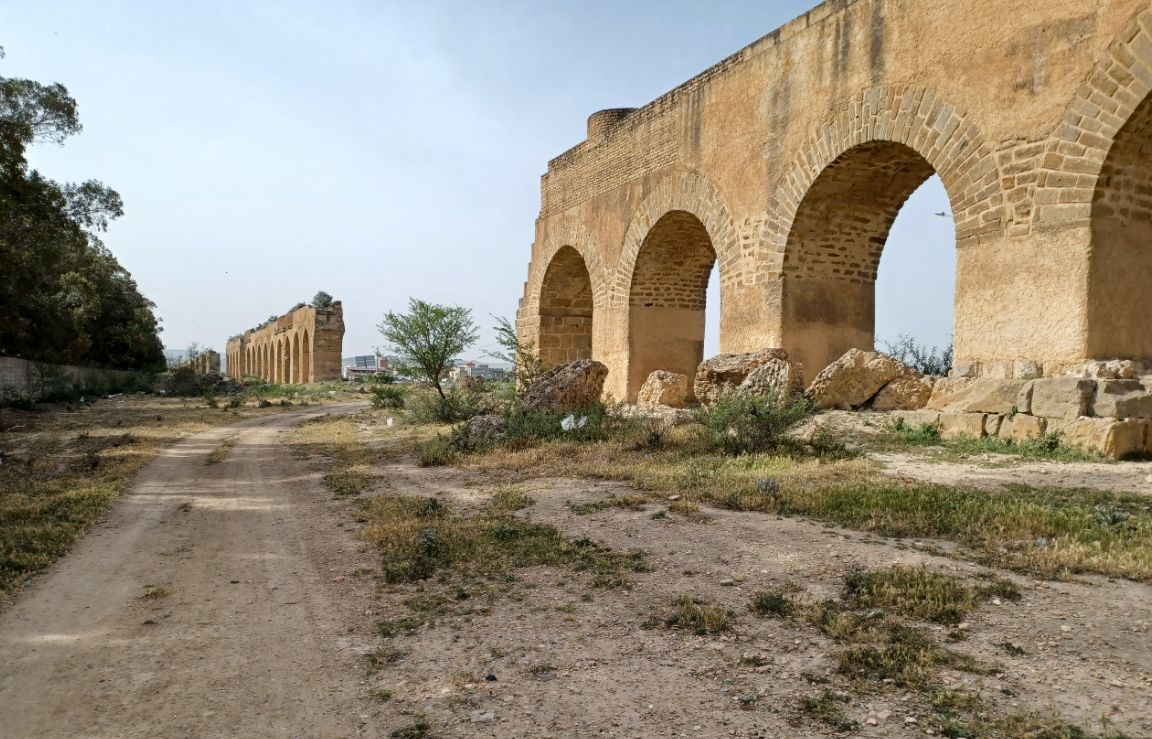
1. A Symbol of Roman Ingenuity
The aqueduct stands as a monument to the technological advancements of the Roman Empire. Its scale and complexity illustrate the Romans’ ability to overcome natural challenges and meet the demands of urban life.
2. Preservation of Heritage
Today, the aqueduct is a UNESCO World Heritage Site, attracting historians, engineers, and tourists who marvel at its design and historical importance. Efforts to preserve and restore sections of the structure ensure that future generations can appreciate this ancient marvel.
3. Inspiration for Modern Engineering
Modern water supply systems owe much to the principles established by Roman aqueducts like the one in Zaghouan. Its influence on contemporary engineering and urban planning is undeniable, showcasing timeless lessons in infrastructure design.
The Zaghouan Aqueduct’s Legacy in Modern Times
The Roman aqueduct in Zaghouan remains a source of inspiration, reminding us of the ingenuity and vision of ancient civilizations.
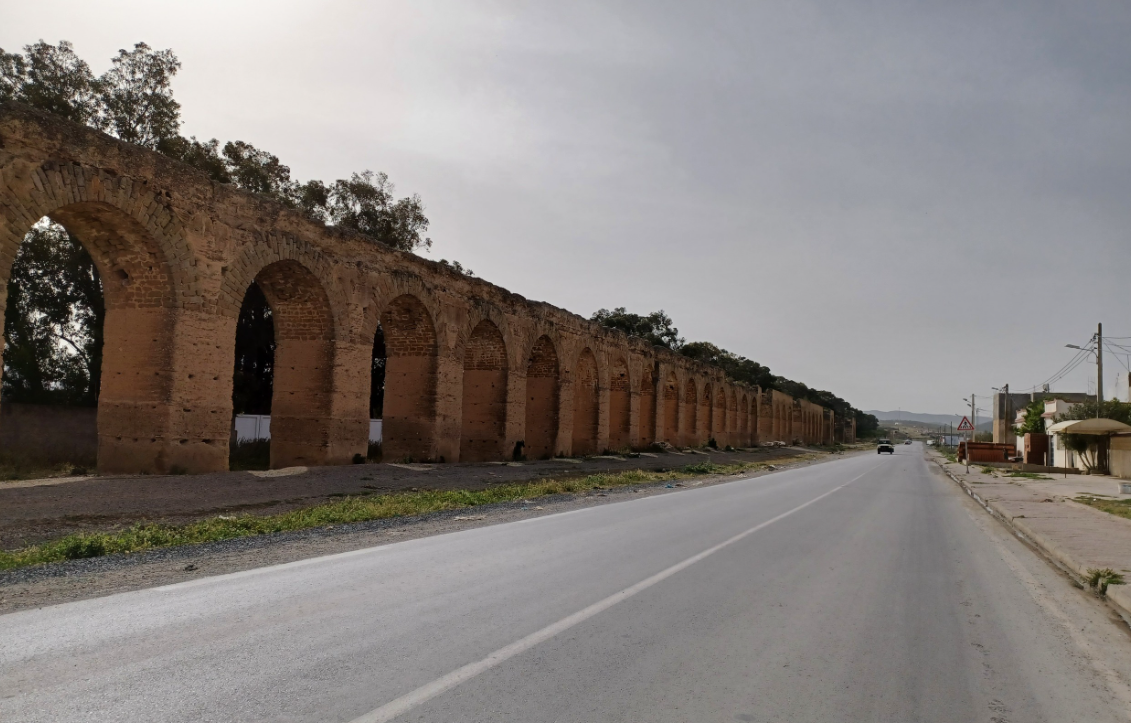
1. A Tourist Attraction
Visitors from around the world travel to Tunisia to witness the grandeur of the Zaghouan aqueduct. Walking along its ruins provides a glimpse into the advanced engineering of antiquity.
2. An Educational Resource
The aqueduct serves as a valuable educational tool for historians, archaeologists, and engineers. It offers insights into Roman construction methods, resource management, and societal priorities.
3. A Bridge Between Past and Present
By preserving the aqueduct, Tunisia bridges the gap between ancient history and the modern world, fostering a deeper appreciation for the achievements of past civilizations.
Conclusion
The Roman aqueduct in Zaghouan is more than a relic of the past; it is a celebration of human ingenuity and resilience. Spanning 132 kilometers, this ancient structure supplied life-giving water to Carthage, ensuring the city’s prosperity and prominence in the Roman Empire.
Its innovative design, durable construction, and cultural significance make it a timeless symbol of engineering brilliance. Today, as we stand in awe of its ruins, the Zaghouan aqueduct continues to inspire and educate, reminding us of the remarkable achievements of those who came before us.
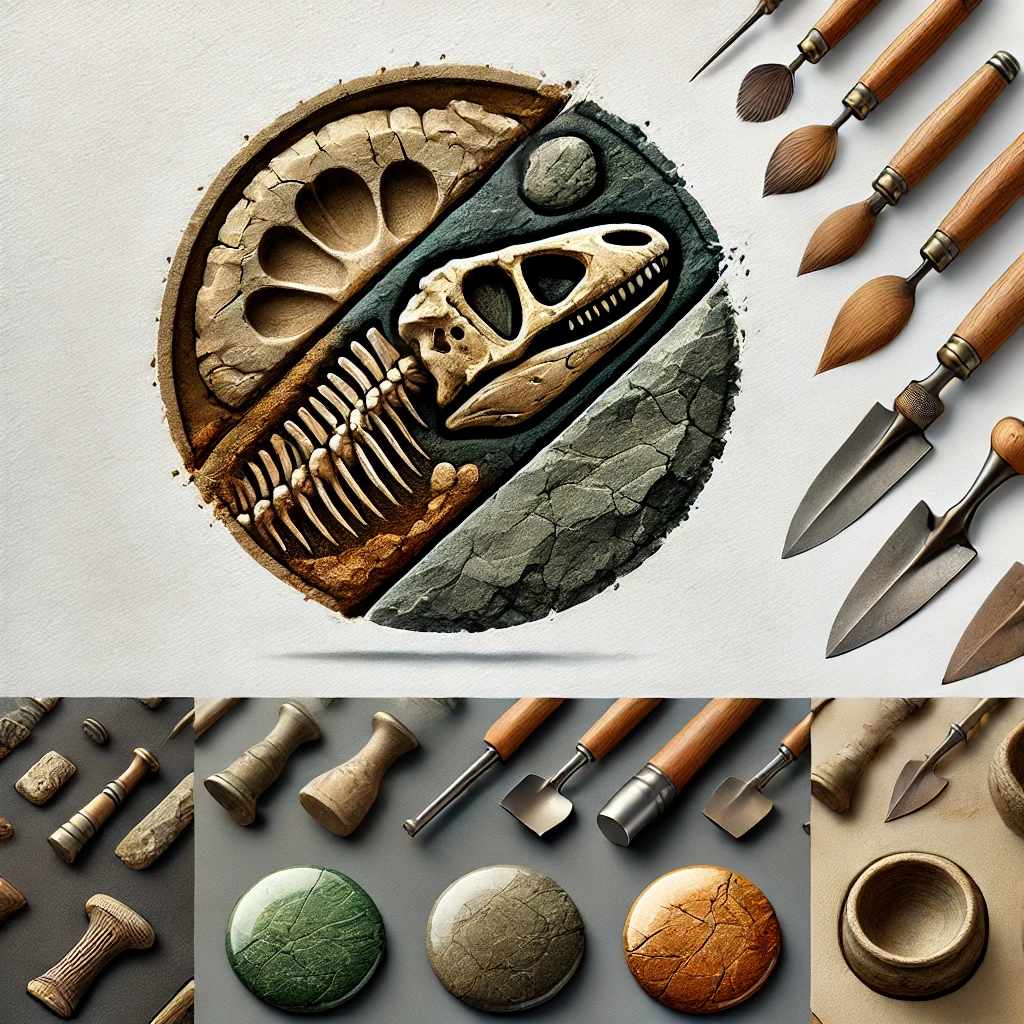
CÁC TIN KHÁC
Mark Twain & Olivia Langdon: A 36-Year Love Story Filled with Laughter and Devotion
The Tollund Man: A 2,400-Year-Old Mystery Preserved in a Danish Bog
Skara Brae: Scotland’s Hidden Neolithic Village
Porta Nigra: The Hidden Depths of Trier’s Iconic Roman Gate